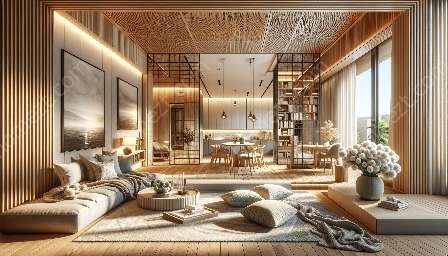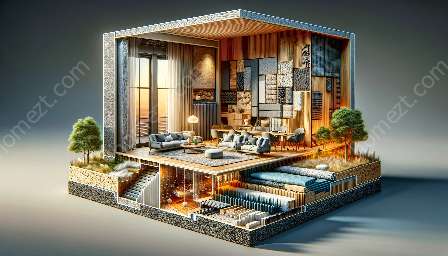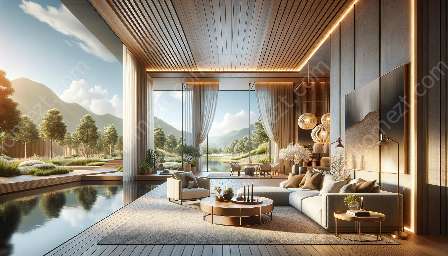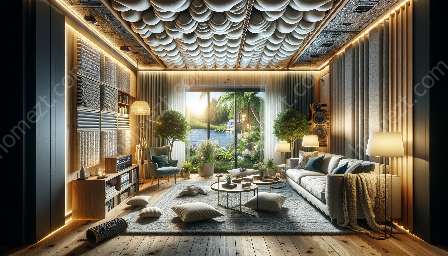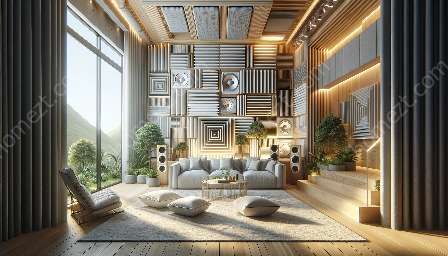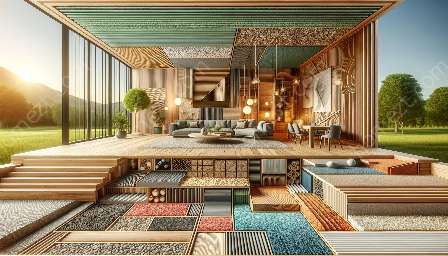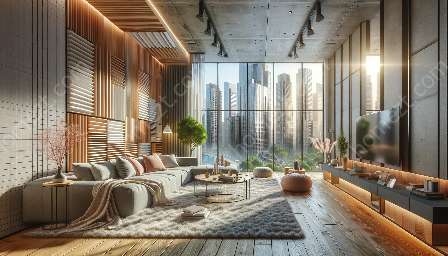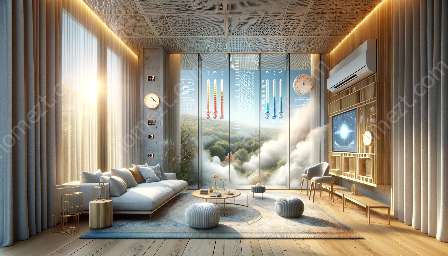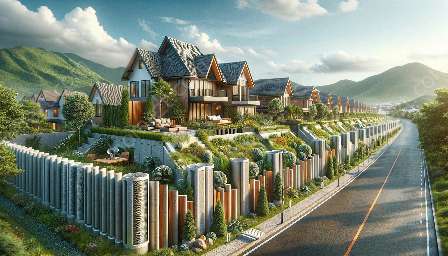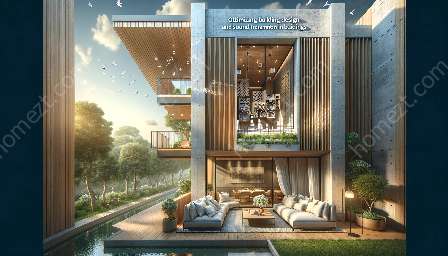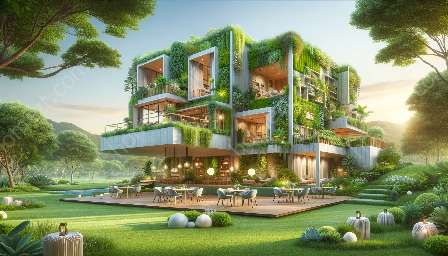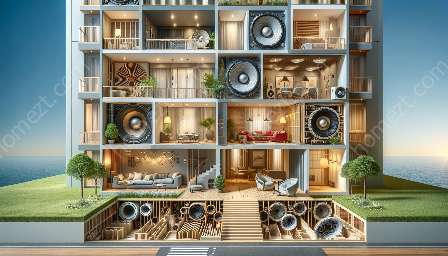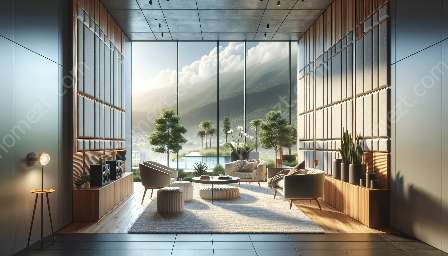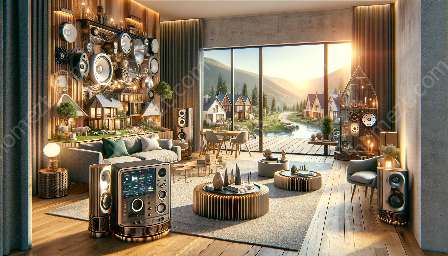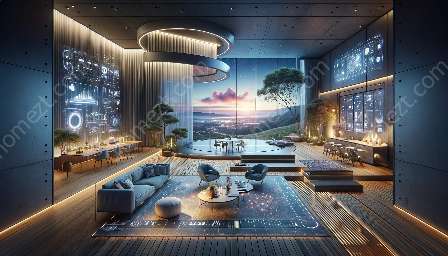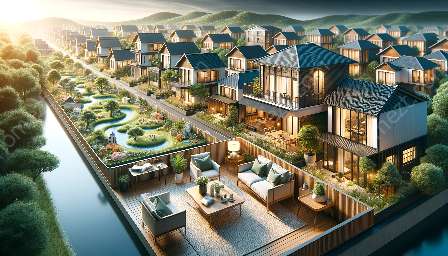As urban areas continue to grow, the need for sound barrier construction in residential areas becomes increasingly important. Understanding the principles of acoustics, sound transmission in buildings, and noise control in homes is essential in creating effective and attractive solutions. This comprehensive guide will provide valuable insights into sound barrier construction, addressing the impact of noise on residential properties, and offering practical solutions that balance functionality, aesthetics, and sustainability.
Understanding Acoustics
Acoustics is the branch of physics concerned with the production, control, transmission, reception, and effects of sound. It plays a vital role in the design and construction of sound barriers for residential areas. The efficient management of sound waves can significantly reduce noise pollution and enhance the quality of life for residents.
Sound Transmission in Buildings
Sound transmission in buildings occurs through various pathways, including airborne transmission and impact transmission. Understanding the mechanisms of sound transmission is crucial in designing effective barriers to mitigate noise levels in residential areas. By addressing factors such as building materials, construction techniques, and insulation, sound transmission can be minimized, creating quieter living environments.
Noise Control in Homes
Noise control in homes encompasses a range of strategies and technologies aimed at reducing unwanted sound within residential spaces. From architectural design considerations to the use of sound-absorbing materials, effective noise control can greatly enhance comfort and well-being. By implementing soundproofing measures and adopting innovative solutions, homeowners can create peaceful and serene living environments.
Designing Sound Barriers for Residential Areas
Effective sound barriers for residential areas must address both functional and aesthetic considerations. By integrating principles of acoustics and sound transmission in buildings, engineers and architects can create structures that effectively block or absorb sound while complementing the surrounding environment. Whether it's a highway, railway, or industrial facility nearby, the construction of sound barriers can significantly improve the quality of life for residents.
Materials and Construction Techniques
The selection of materials and construction techniques plays a crucial role in the effectiveness of sound barriers. High-density materials such as concrete, masonry, and specialized acoustic panels are commonly used to minimize sound transmission. Additionally, innovative construction methods, such as double-wall systems and barrier alignment, can further enhance the performance of sound barriers in residential areas.
Integration with Landscape Design
Integrating sound barriers with landscape design is essential in creating visually appealing solutions. By incorporating greenery, natural elements, and artistic features, sound barriers can blend seamlessly with the surroundings, enhancing the overall aesthetic appeal of residential areas while providing acoustic benefits.
Sustainability and Environmental Impact
Sound barrier construction for residential areas presents an opportunity to prioritize sustainability and minimize environmental impact. By utilizing eco-friendly materials, implementing energy-efficient designs, and considering the long-term maintenance of sound barriers, it becomes possible to create harmonious, sustainable living spaces that benefit both residents and the surrounding ecosystem.
Conclusion
The construction of sound barriers for residential areas is a multifaceted endeavor that requires a deep understanding of acoustics, sound transmission in buildings, and noise control in homes. By integrating these principles with innovative design, materials, and construction techniques, it is possible to create sound barriers that not only reduce noise pollution but also enhance the quality of life for residents. Through a focus on sustainability and aesthetics, sound barrier construction can contribute to the creation of vibrant, tranquil residential communities that harmoniously coexist with their surroundings.

